Haunted Hayride through the Sinister Solar System
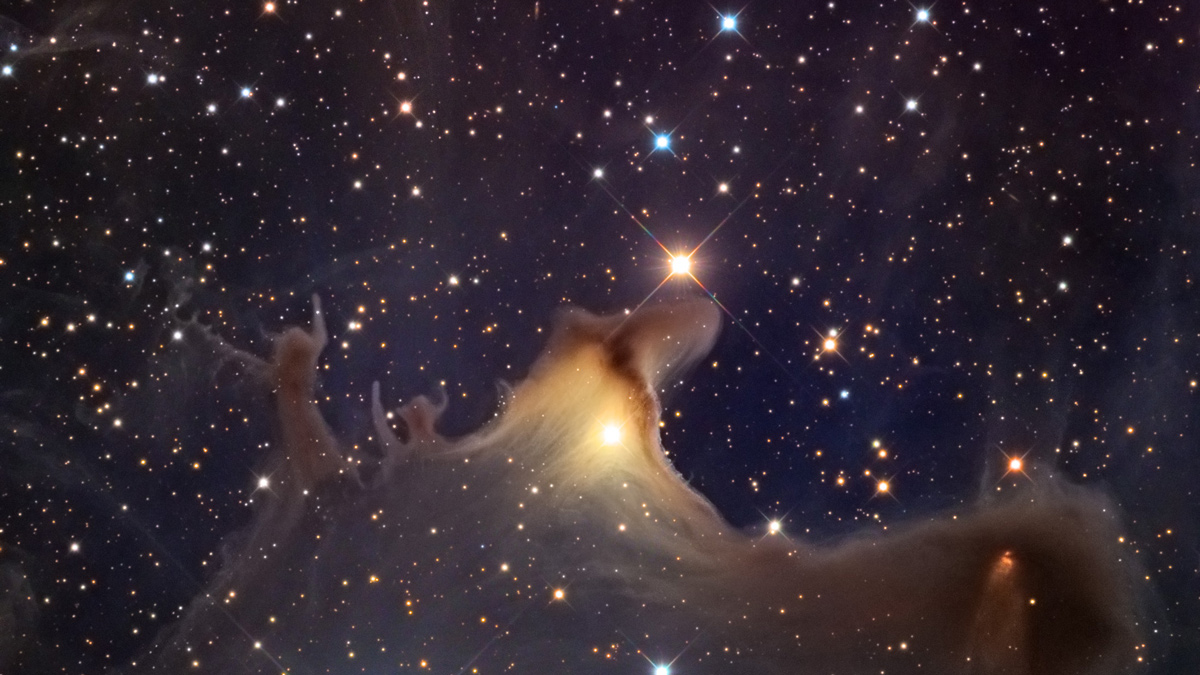
| Language |
|
|---|
Written by: Jay R. Thompson
Transcript
Happy Halloween, space explorers.
Perhaps you could carve a few moments out of your busy schedule to join me for a haunted hayride to some of the more disturbing destinations of your sinister little solar system.
There are some fearful places ahead. Put on a spacesuit. All right, everyone onto the hay wagon!
Earth’s Moon
First, we’ll stop at Earth’s Moon for a moment. Let’s wander up to the Moon’s north pole and have a look at the shadow realm that lies there.
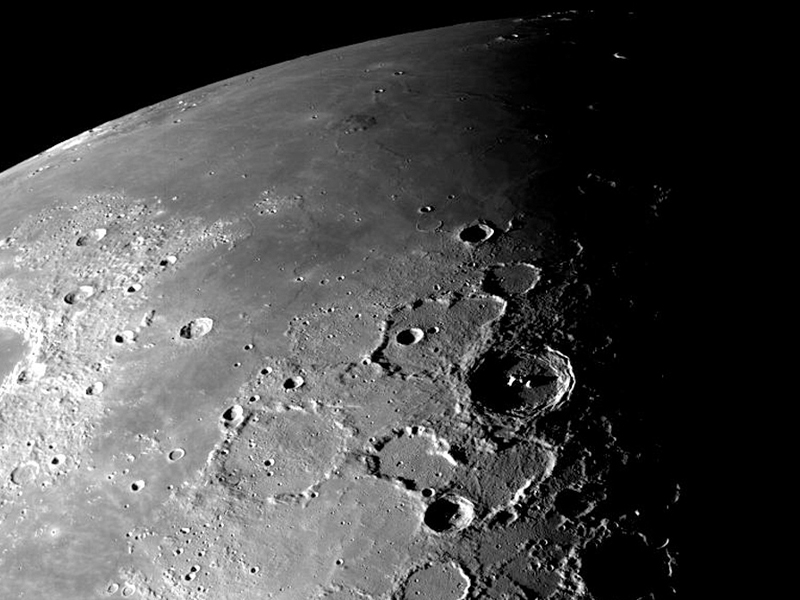
Here there are certain craters that have not seen the Sun for two billion years. Dark places, those craters…
Oh, and while you're having a look around, allow me to point out that you’re standing upon a robot cemetery. Oh yes. Scores of orbiters, landers, and rovers lie about, their husks doomed to haunt the Moon forever…
Venus
Next stop, Venus. Careful – it’s best viewed from a distance. Venus is too scary. The temperature, the pressure. We won’t get too close – who knows what foul, ghoulish effects those clouds of sulfuric acid could have on you fragile little humans.
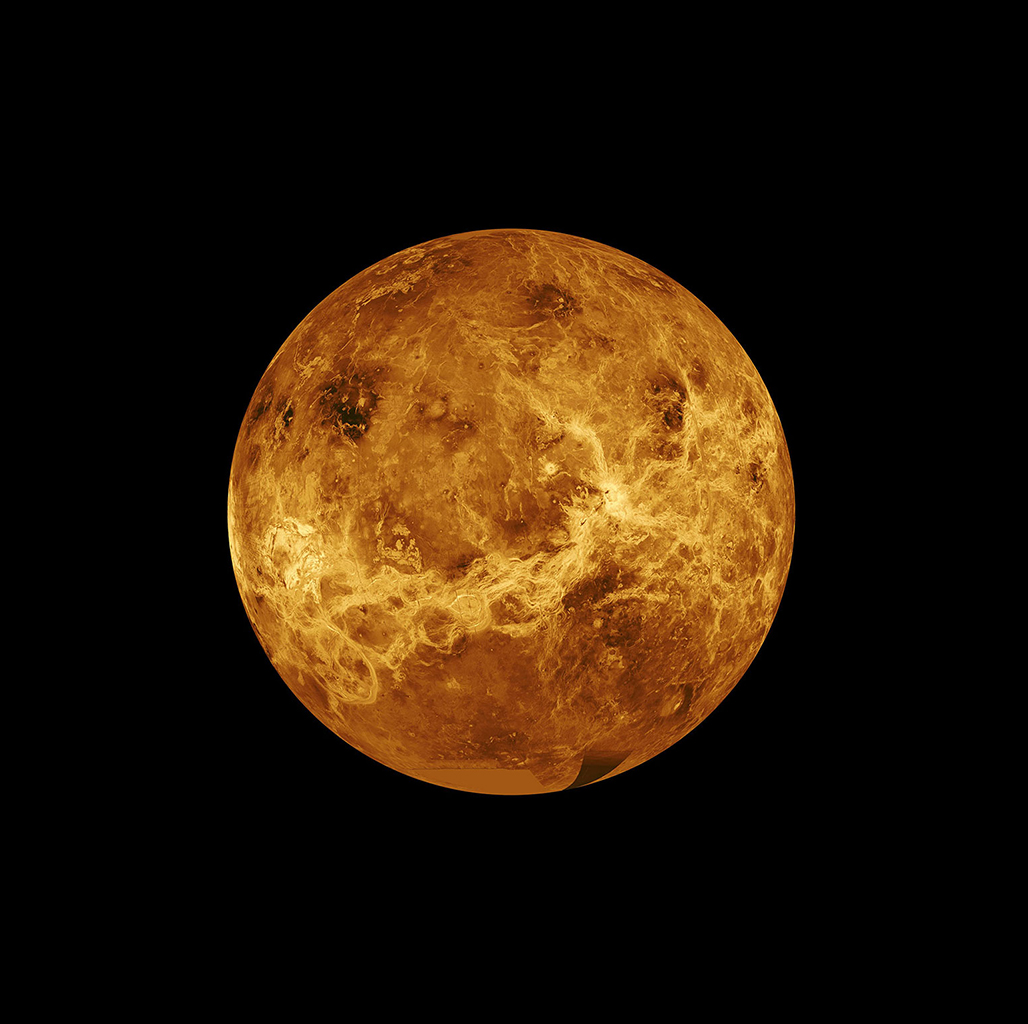
Mars
Now we’re off to one of Earth’s other mysterious neighbors: Mars, the desolate Red Planet.
When Mars lost much of its water and air, and became less hospitable, if anything did live on the surface, then perhaps those lifeforms retreated beneath the ground… Careful where you tread…
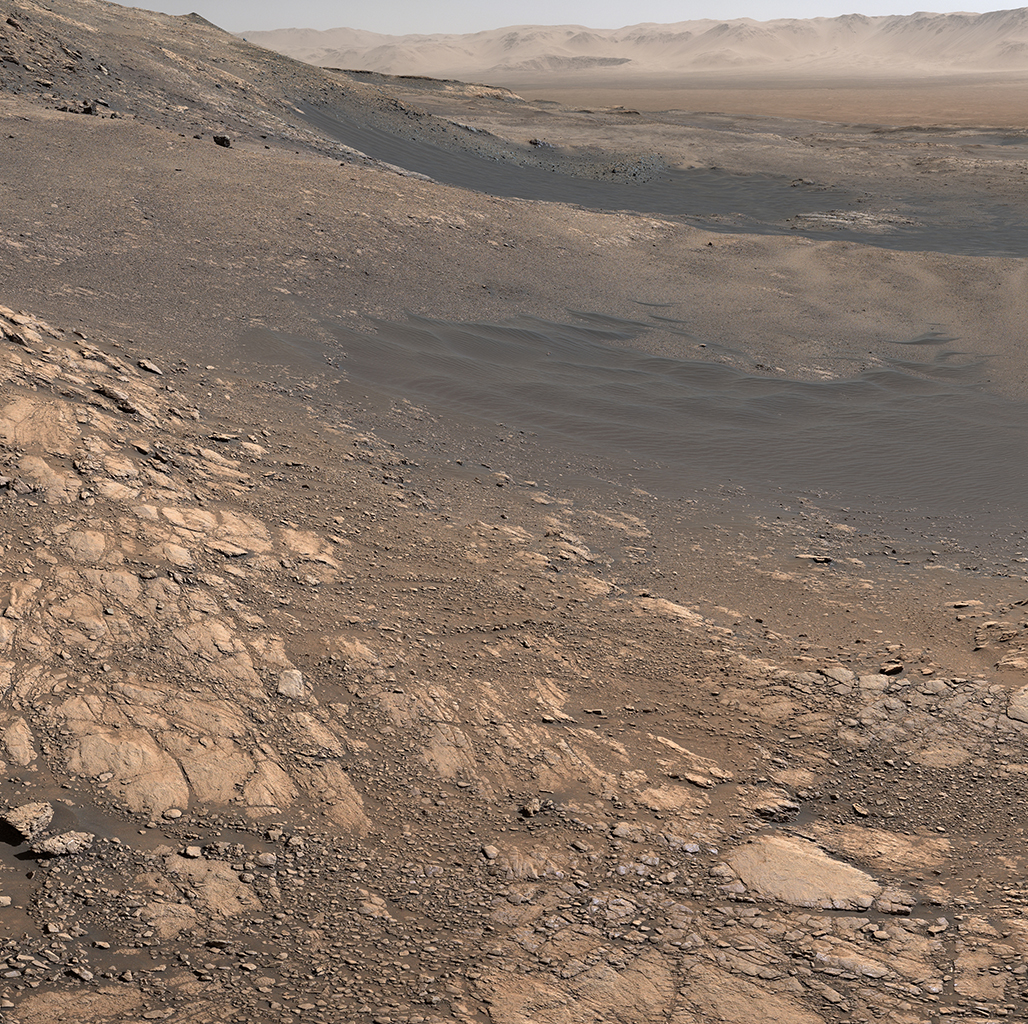
Maybe Mars is dead. Or maybe it’s not. We certainly won’t find out today! Back on to the wagon then. Is everyone still here?
Onward and outward now, to the gargantuan gas giant Jupiter. See that bright, icy moon orbiting there? It’s about the size of Earth’s Moon, but far more deadly...
It's bathed in searing radiation from Jupiter! We’ll stop on its surface, but only for a moment.
Europa
Here we are. Welcome to Europa.
You might be able to feel beneath your boots the groaning and creaking of the ice.
Beneath this thick shell of ice is a huge ocean of liquid water. It's terrifically dark down there. No sunlight reaches Europa’s ocean, but it doesn’t need to – in Earth’s oceans you can find life that doesn’t rely on sunlight at all. Why not Europa too?
Maybe something small and slimy resides in those waters. Would it have eyes? Fins? Teeth? Tentacles? Maybe all of the above? One can only hope! Maybe there are only voraciously hungry microbes down there, or maybe it’s an incredibly vast and deep ocean with nothing alive at all.
Well. From one explorer to another, might I recommend sending a robotic probe first instead of a human, just in case you can’t outswim whatever might be drifting around down the dark Europan waters!
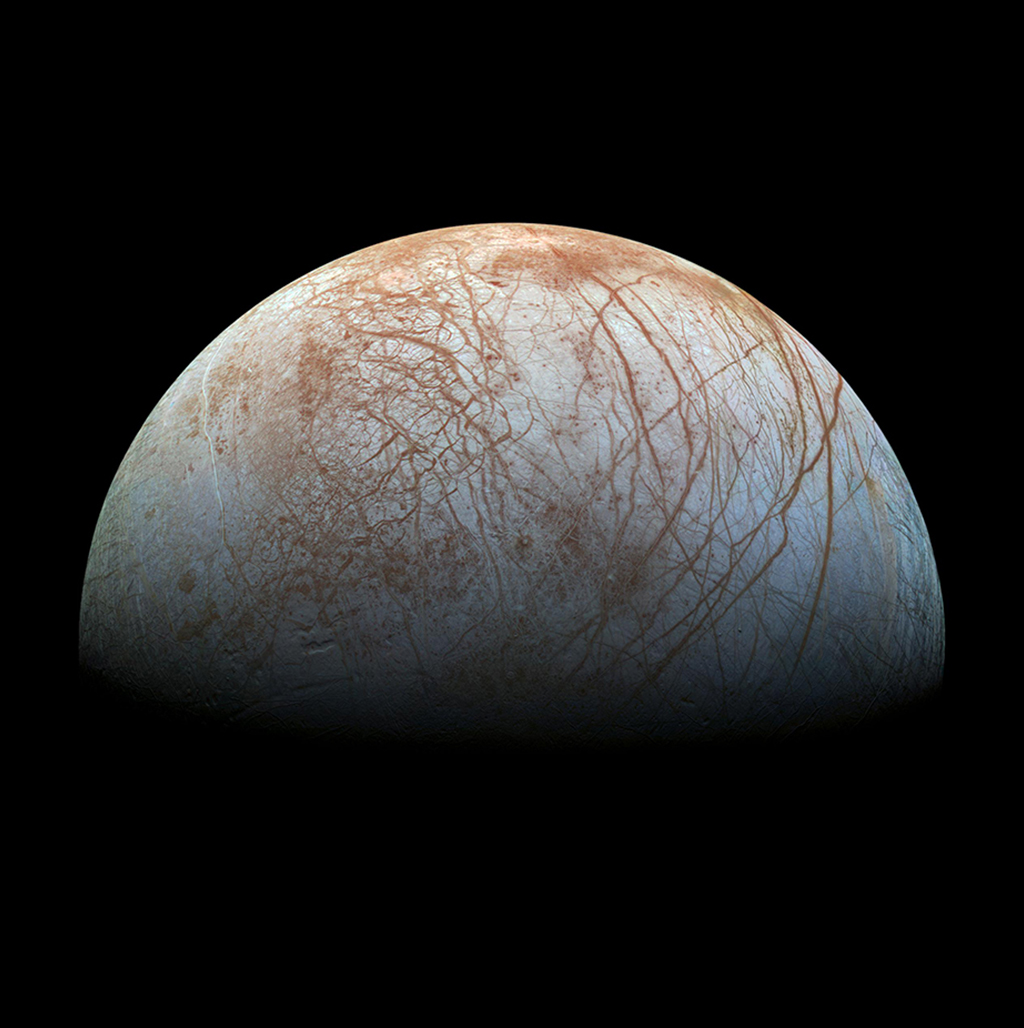
Okay, let’s climb back into the hay wagon. (Huh. I’m almost certain we started with more people on this hayride…)
Ah well, we’re off…to Neptune’s moon Triton! What's wrong? Feeling a chill as we drive deeper into the depths of space? Oh yes, the Sun is looking very dim and far away from out here.
Triton
And here we are at Triton. A bit smaller than Earth’s Moon, it’s an entire world, seemingly as permanent as Earth.
And yet…
Triton is doomed to destruction. The moon’s orbit is slowly spiraling toward Neptune. In perhaps a few billion years, Triton will get too close to Neptune to survive. Gravity from the planet will pull on Triton’s near side so much harder than on its far side that the moon will be torn to pieces.
Don't look so frightened. It's only a moon.
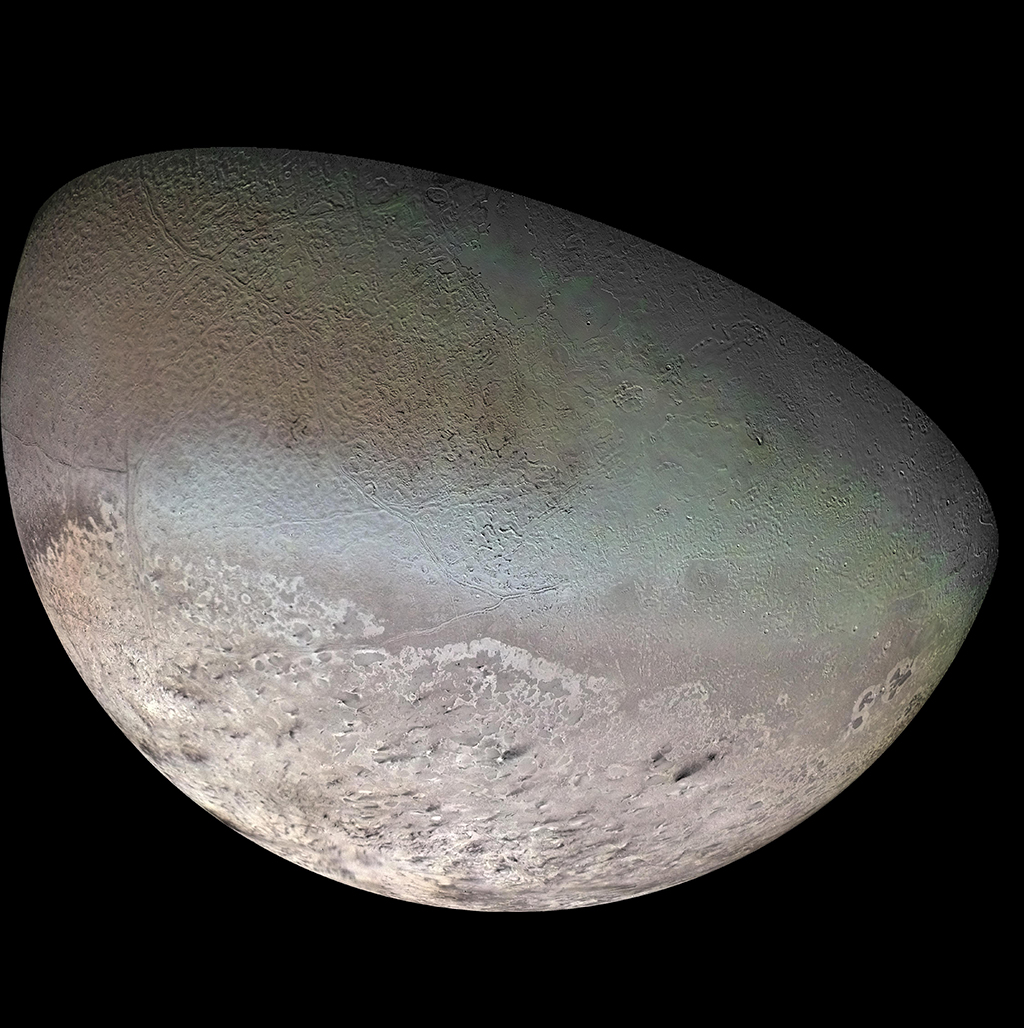
Say, you are looking quite cold and pale. I bet you wouldn’t last long out here if I left you floating by yourself, stranded at the edge of the solar system. Back toward Earth we go.
Annnd we're here. Home.
Well, I hope you’ve enjoyed this whimsical little romp around the solar system. Perhaps we'll do it again next year, and visit some of the other creepy corners of your cosmic neighborhood. For now, I wish you a happy, and safe, Halloweeeen.
